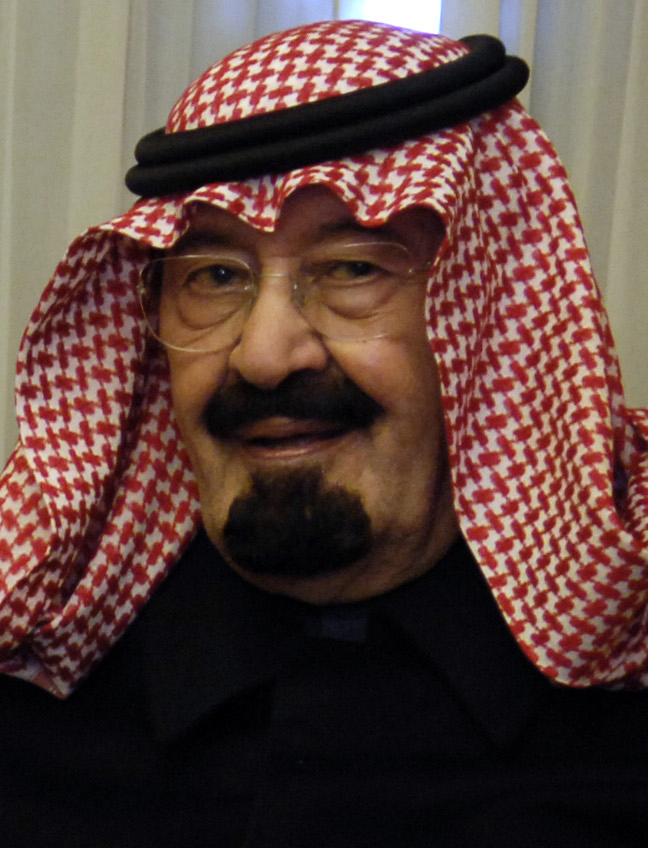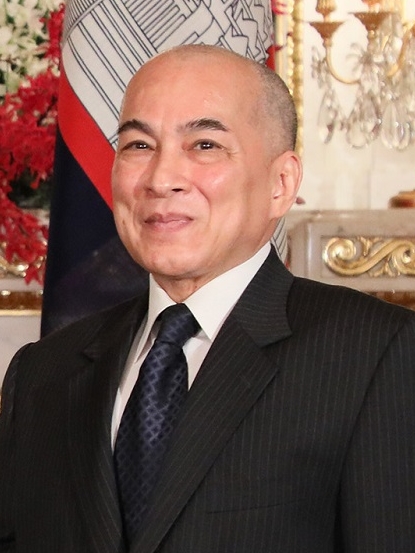by Susan Flantzer © Unofficial Royalty 2014
Note: In 2018, Swaziland was renamed Eswatini.
King Mswati III of Eswatini (born Prince Makhosetive Dlamini) was born on April 19, 1968, at Raleigh Fitkin Memorial Hospital in Manzini in the African country of Swaziland, called Eswatini since 2018. His parents are King Sobhuza II of Swaziland and one of his younger wives, Ntfombi Tfwala. King Mswati is one of many sons fathered by King Sobhuza II, but the only child of Ntfombi Tfwala. King Sobhuza II married 70 wives, who gave him 210 children between 1920 and 1970. About 180 children survived infancy. At his death, he had more than 1,000 grandchildren.
King Mswati attended primary school at the Masundwini Royal Residence and then attended the Lozitha Palace School. From 1983 to 1986, Mswati attended Sherborne International College in Dorset, England.
In 1982, King Sobhuza II died at the age of 83, having reigned for 82 years. A Swazi king cannot appoint his successor, nor is there a line of succession. A traditional council called the Liqoqo decides which of the wives shall be “Great Wife” and “Indlovukati” (She-Elephant / Queen Mother) after the death of a king. The “Great Wife” must be of good character and cannot be one of the first two wives (known as ritual wives) chosen for the king by the national councilors. The son of this “Great Wife” will automatically become the next king. 14-year-old Mswati was selected to be the next king. From 1982-1986, two wives of the late King Sobhuza II, Queen Dzeliwe Shongwe (1982–1983) and Mswati’s mother, Queen Ntfombi Tfwala, (1983–1986) served as regents.
On April 25, 1986, 18-year-old King Mswati III was crowned. The king and his mother, whose title is Indlovukati (“Great She-Elephant”), rule jointly.
A Swazi king’s first two wives are chosen for him by the national councilors. These two wives have special functions in rituals, and their sons can never become kings. The first wife must be a member of the Matsebula clan, and the second must come from the Motsa clan. The king then chooses his other wives, often at a festival called the Reed Dance. A royal fiancée is called liphovela, or “bride”. They graduate from being fiancées to full wives as soon as they become pregnant, when the king customarily marries them. In traditional Swazi culture, the king is expected to marry a woman from every clan to cement relationships with each part of Swaziland. This means that the king must have many wives. A listing of King Mswati’s wives and children can be seen here.
Eswatini and King Mswati are not without controversy. The country had the highest AIDs rate in the world, with 26.5% of the population HIV positive. 63% of Swazis live below the poverty line, surviving on less than US$1.25 per day. The king, who rules as an absolute monarch and appoints the prime minister and cabinet, enjoys many lavish parties and lives in luxury. His birthday is celebrated in front of thousands in a stadium where expensive gifts are presented to him on behalf of his people. Quite a few of his wives have complained of abuse and have left him. The mother of one of his wives said her daughter was kidnapped to become the king’s wife.
This article is the intellectual property of Unofficial Royalty and is NOT TO BE COPIED, EDITED, OR POSTED IN ANY FORM ON ANOTHER WEBSITE under any circumstances. It is permissible to use a link that directs to Unofficial Royalty.




























